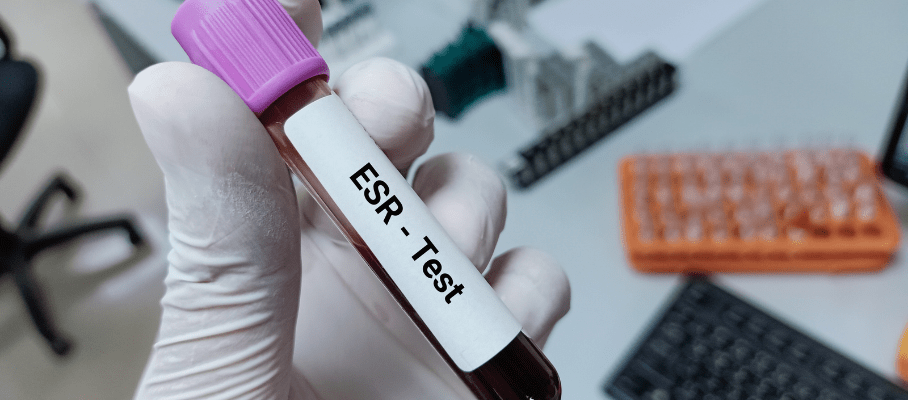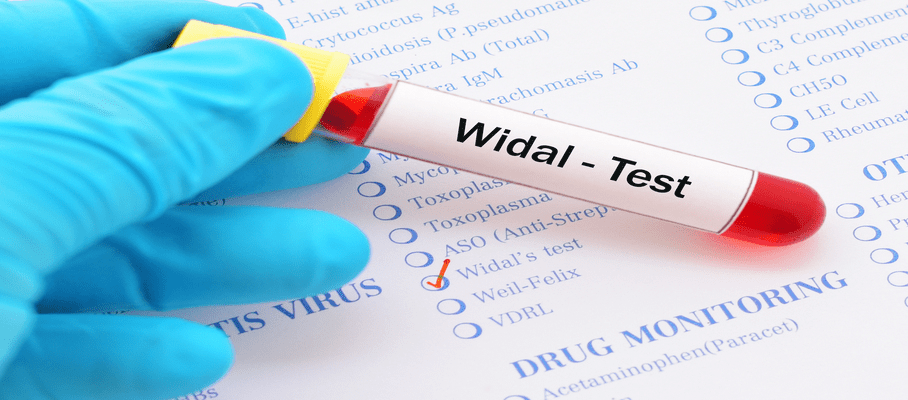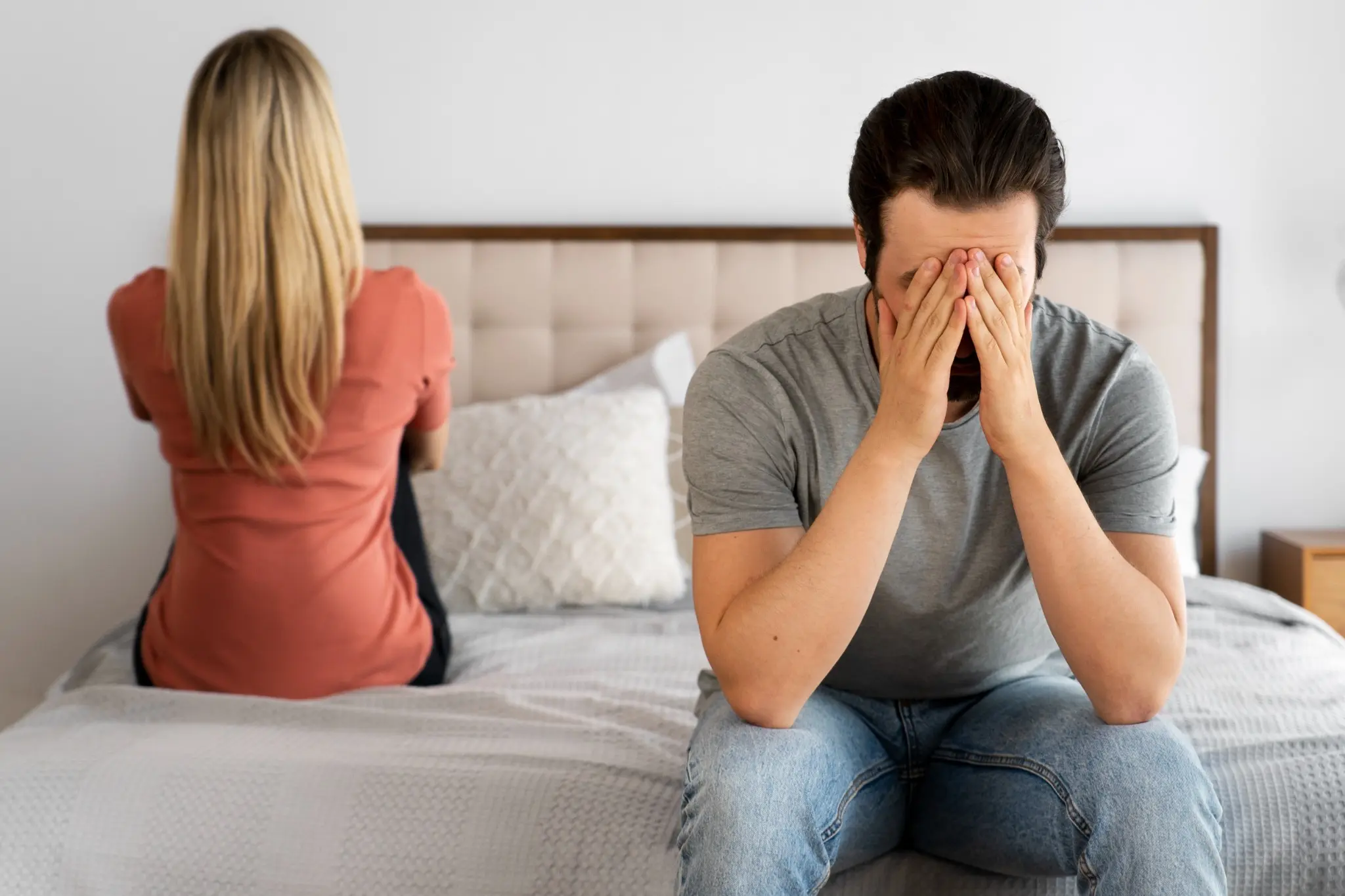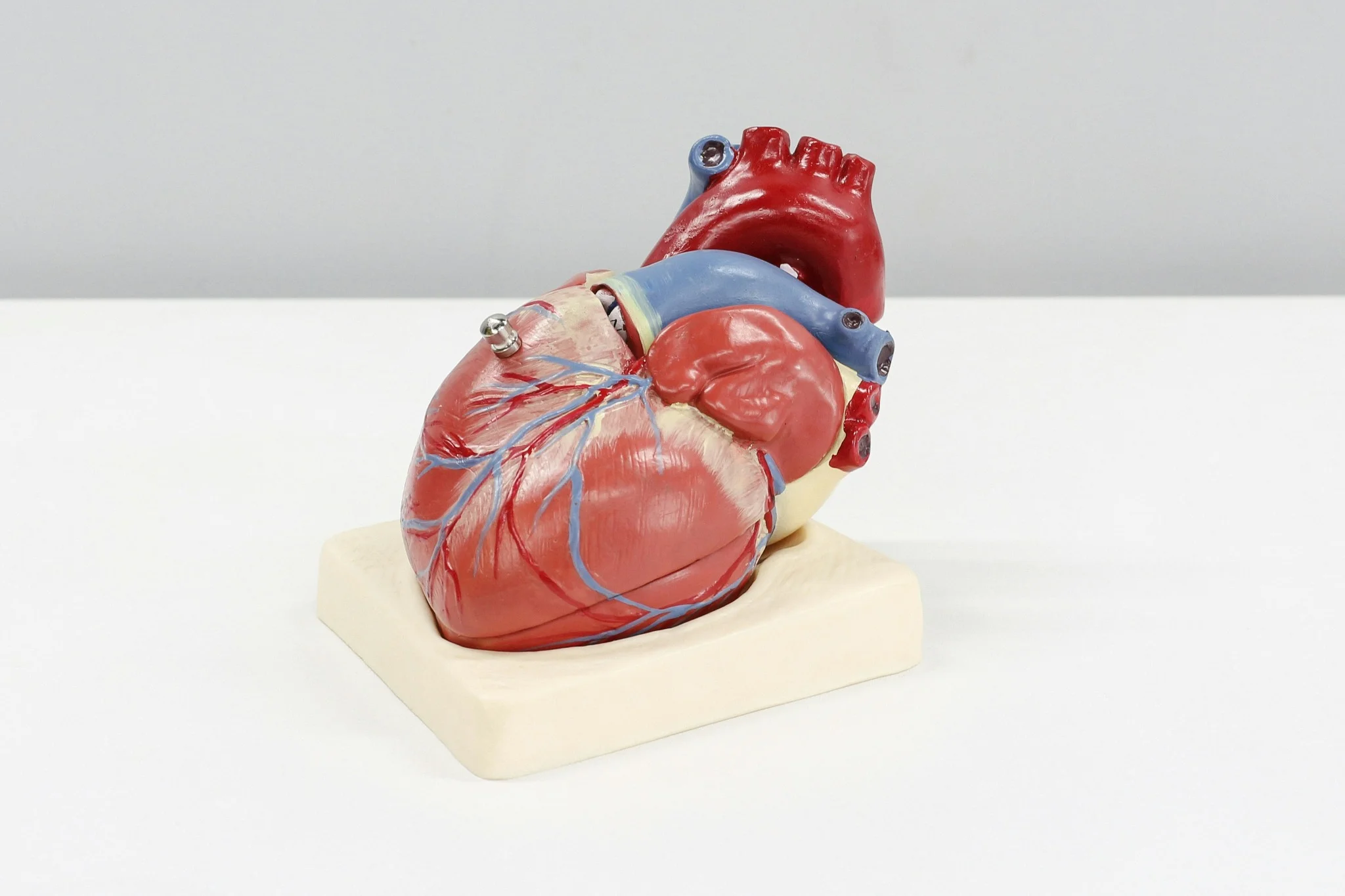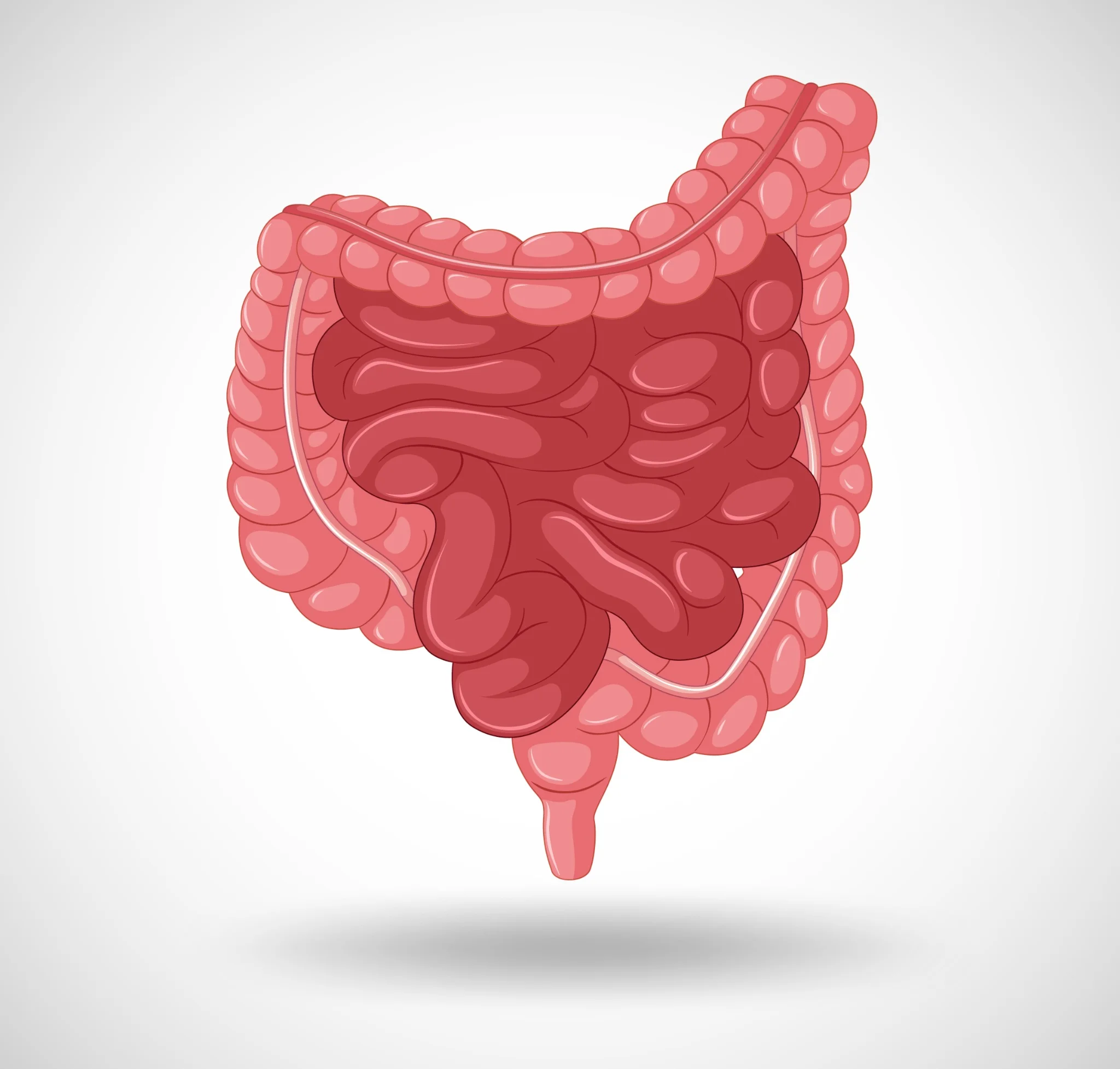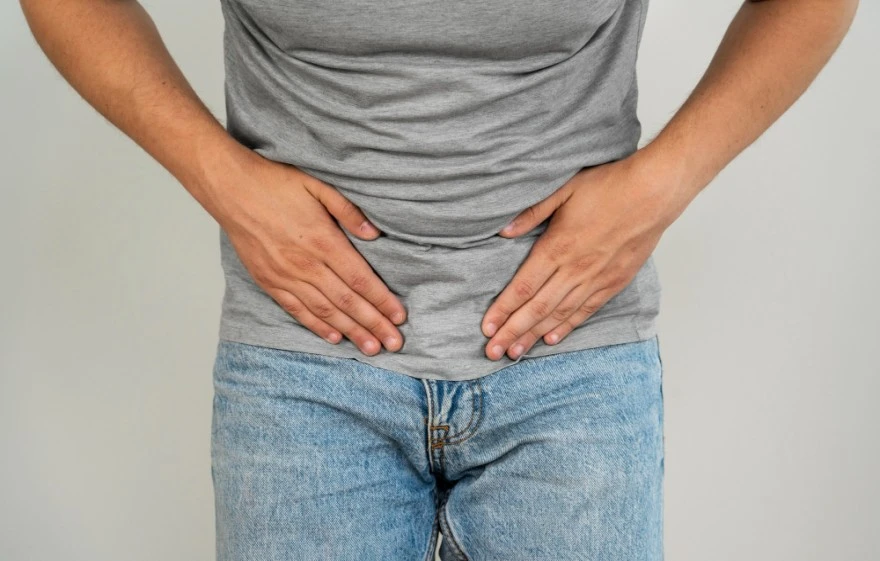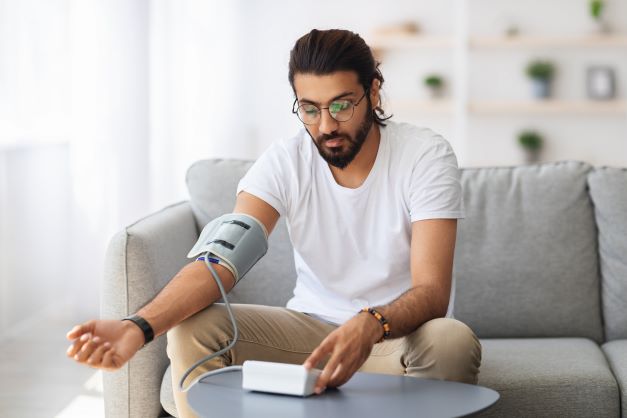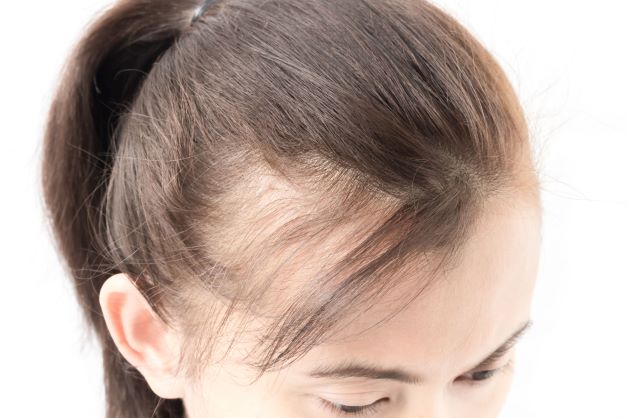Preventive Healthcare
Sperm Cramps: Causes, Symptoms, and When to Seek Help
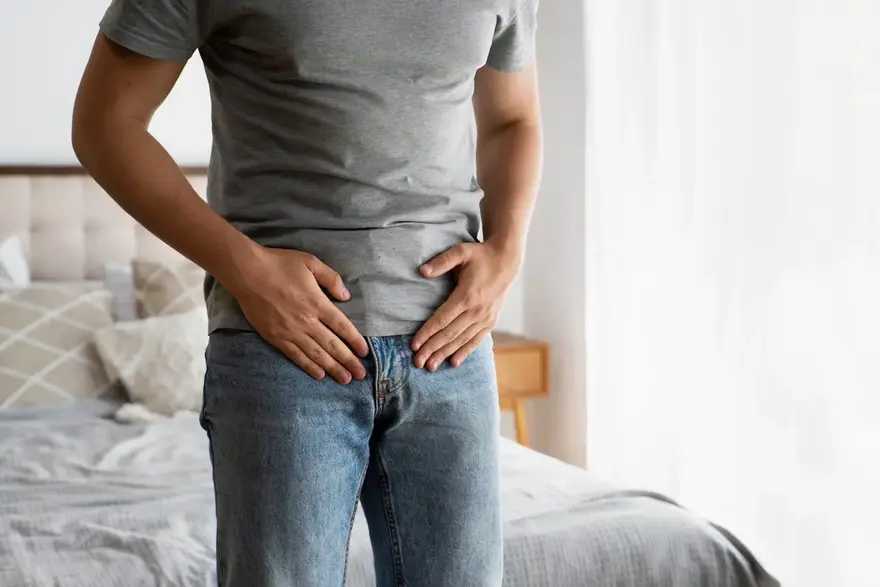
Table of Contents
- What are sperm cramps?
- Where do sperm cramps hurt?
- Symptoms of sperm cramps
- Causes of sperm cramps
- How long do sperm cramps last?
- Sperm cramps vs. period cramps
- Why does my stomach hurt after ejaculation?
- Diagnosis of sperm cramps
- How to stop sperm cramps?
- How to prevent sperm cramps?
- Conclusion
- FAQs
Sperm cramps are a relatively common but often overlooked aspect of male reproductive health. For many men, discussing pain or discomfort related to ejaculation can be uncomfortable, leading to delays in seeking help. However, understanding the sperm cramps causes and symptoms is crucial for timely management and treatment. This article will provide a comprehensive overview of potential causes, associated symptoms, diagnosis, treatment options, and sperm cramps prevention tips. By the end, you'll be better equipped to take charge of your reproductive well-being and know when it's time to consult a doctor.
What are sperm cramps?
Sperm cramps, often described as mild pelvic pain or discomfort, occur after ejaculation. This sensation can result from various causes, such as muscle contractions, the release of prostaglandins (hormones involved in muscle contraction), or irritation of the prostate or seminal vesicles. For some, these cramps are a normal and temporary response, while for others, they may signal an underlying issue like prostatitis, infections, or pelvic floor dysfunction. Although rare, sperm cramps may also be associated with sexually transmitted infections (STIs) or other medical conditions. If the pain is persistent or severe, it’s important to consult a doctor for evaluation.
Where do sperm cramps hurt?
Sperm cramps, often associated with ejaculation or sexual activity, can cause discomfort in the lower abdomen or pelvic region. The pain may radiate from the groin area to the lower back, and some men report feeling a sharp or dull ache during or after orgasm. This sensation typically occurs due to muscle contractions in the pelvic floor and reproductive organs, such as the prostate or seminal vesicles. In some cases, these cramps can also cause pain in the testicles or along the perineum (the area between the genitals and anus), although this is less common.
Symptoms of sperm cramps
The primary symptom of sperm cramps is pain or discomfort during or immediately following ejaculation. The intensity of the pain can range from a mild ache to severe cramping that may last for several minutes to a few hours. Other associated sperm cramps symptoms may include:
- Pain or burning sensation during urination (ejaculation pain)
- Blood in the semen or urine
- Swelling or tenderness in the testicles
- Lower back pain
- Fever or chills (in cases of infection)
It's essential to pay attention to any accompanying symptoms, as they can provide valuable clues about the underlying cause of your sperm cramps. If you experience severe pain or additional sperm cramps symptoms that persist, it's crucial to consult a doctor promptly.
Causes of sperm cramps
Several factors can contribute to the development of sperm cramps. While some causes are relatively benign and easily treatable, others may require more extensive medical intervention. Here are some of the most common sperm cramps causes:
Epididymitis
Epididymitis is an inflammation of the epididymis, a tube located at the back of each testicle that stores and transports sperm. This condition is often caused by bacterial infections, such as sexually transmitted infections (STIs) like chlamydia or gonorrhoea. Symptoms of epididymitis include pain, swelling, and tenderness in the affected testicle, as well as fever and chills.
Orchitis
Orchitis refers to the inflammation of one or both testicles. It can occur due to viral infections, such as mumps, or bacterial infections that spread from the prostate or epididymis. Men with orchitis may experience severe testicular pain, swelling, fever, nausea, and vomiting.
Prostatitis
Prostatitis is an inflammation of the prostate gland, which can lead to sperm cramps and ejaculation pain. This condition can be caused by bacterial infections, nerve damage, or pelvic floor muscle spasms. Symptoms of prostatitis include pelvic pain, painful ejaculation, frequent urination, and flu-like symptoms.
Testicular torsion
Testicular torsion occurs when a testicle rotates within the scrotum, cutting off its blood supply. This is a medical emergency that requires immediate treatment to prevent permanent damage or loss of the affected testicle. Symptoms include sudden, severe testicular pain, swelling, nausea, and vomiting.
Varicocele
A varicocele is an enlargement of the veins within the scrotum, similar to varicose veins in the legs. This condition can cause a dull ache or heaviness in the testicles, which may worsen with physical activity or prolonged standing. Varicoceles are a common cause of male infertility and can contribute to sperm cramps.
Hydrocele
A hydrocele is a fluid-filled sac that forms around one or both testicles. While hydroceles are usually painless, they can cause a feeling of heaviness or discomfort in the scrotum. In some cases, large hydroceles may contribute to sperm cramps by putting pressure on the testicles.
Ejaculatory duct obstruction
Ejaculatory duct obstruction is a blockage in the ducts that transport semen from the testes to the urethra. This condition can cause ejaculation pain, reduced semen volume, and infertility. Symptoms may also include pain or swelling in the testicles and lower abdomen.
Urethritis
Urethritis is an inflammation of the urethra, the tube that carries urine and semen out of the body. This condition is often caused by bacterial or viral infections, such as STIs. Symptoms of urethritis include painful urination, discharge from the penis, and sperm cramps.
Sexually transmitted infections (STIs)
STIs like chlamydia, gonorrhoea, and trichomoniasis can cause inflammation and infection in the male reproductive tract. These infections often lead to symptoms such as painful urination, discharge from the penis, testicular pain, and sperm cramps. Prompt sperm cramps treatment with antibiotics is essential to prevent complications and the spread of infection.
Pelvic floor muscle dysfunction
The pelvic floor muscles play a crucial role in supporting the reproductive organs and controlling ejaculation. When these muscles become tight, weak, or uncoordinated, it can lead to pelvic pain and ejaculation pain. Pelvic floor muscle dysfunction can be caused by factors such as stress, anxiety, chronic constipation, or a history of pelvic surgery. Treatment typically involves pelvic floor physical therapy, which focuses on relaxation techniques, stretching, and strengthening exercises to improve muscle function and alleviate symptoms.
How long do sperm cramps last?
Sperm cramps, or post-ejaculatory pain, can last anywhere from a few seconds to several minutes. The intensity and duration of the discomfort vary from person to person. In most cases, the cramps are short-lived, typically resolving within 5 to 10 minutes after ejaculation. The pain is often caused by the muscular contractions in the pelvic region during orgasm, which are usually temporary.
However, some men may experience lingering discomfort for up to an hour, especially if the cramps are linked to factors like muscle tension, dehydration, or prostatitis (inflammation of the prostate). If the cramps persist for an extended period or occur frequently, it could be a sign of an underlying condition, such as infection or other pelvic disorders, and it would be a good idea to consult a doctor. But for most people, sperm cramps are mild and transient, not requiring medical intervention.
Sperm cramps vs. period cramps
While both sperm cramps and period cramps involve pain in the pelvic region, they are distinct conditions with different underlying causes. Period cramps, also known as dysmenorrhea, are a common symptom of menstruation in women. These cramps occur when the uterus contracts to shed its lining, causing pain and discomfort in the lower abdomen and back. In contrast, sperm cramps specifically refer to pain or discomfort experienced by men during or after ejaculation.
The following table highlights some key differences between these two types of cramps:
|
Feature |
Sperm Cramps |
Period Cramps |
|
Affected Population |
Men |
Women |
|
Timing |
During or after ejaculation |
During menstruation |
|
Location |
Lower abdomen, pelvis, testicles |
Lower abdomen, lower back |
|
Causes |
Infections, structural issues, etc. |
Uterine contractions, hormones |
|
Duration |
Minutes to hours, sometimes longer |
Few days, usually subsides |
Why does my stomach hurt after ejaculation?
Stomach pain after ejaculation can be a sign of sperm cramps or other underlying conditions affecting the male reproductive system. Some possible reasons for stomach pain after ejaculation include:
- Prostatitis: Inflammation of the prostate gland can cause pain in the lower abdomen, pelvis, and perineum during or after ejaculation.
- Seminal vesiculitis: Inflammation of the seminal vesicles, which produce a significant portion of the fluid in semen, can lead to abdominal pain and discomfort after ejaculation.
- Pelvic floor muscle tension: Tightness or spasms in the pelvic floor muscles can cause referred pain in the lower abdomen during or after ejaculation.
- Sexually transmitted infections: Certain STIs, such as chlamydia or gonorrhoea, can cause inflammation and irritation in the reproductive tract, leading to abdominal pain and sperm cramps.
If you consistently experience stomach pain after ejaculation, it's important to consult a doctor to determine the underlying cause and receive appropriate sperm cramps treatment.
Diagnosis of sperm cramps
If you experience persistent or severe sperm cramps, it's crucial to consult a doctor for an accurate diagnosis. Your doctor will typically begin by reviewing your medical history and asking about sperm cramps symptoms, sexual activity, and any other relevant factors. They may also perform a physical examination, including a genital exam, to check for signs of inflammation, tenderness, or abnormalities. Depending on their findings, your doctor may recommend one or more of the following diagnostic tests:
- Urine analysis and culture: To check for signs of infection in the urinary tract or reproductive system.
- Blood tests: To assess for signs of inflammation or infection, such as elevated white blood cell count or the presence of specific antibodies.
- Semen analysis: To evaluate the quality and quantity of sperm, as well as check for signs of infection or inflammation in the semen.
- Imaging tests: Such as ultrasound or MRI, to visualise the internal structures of the reproductive system and identify any abnormalities or obstructions.
- Urethral swab or semen culture: To test for the presence of sexually transmitted infections that may be contributing to sperm cramps.
Based on the results of these diagnostic tests, your doctor will be able to determine the underlying cause of your sperm cramps and recommend an appropriate treatment plan.
How to stop sperm cramps?
The treatment for sperm cramps will depend on the underlying cause identified by your doctor. Some common sperm cramps treatment options include:
- Antibiotics: If an infection, such as prostatitis, is responsible for your sperm cramps, your doctor may prescribe a course of antibiotics to eliminate the offending bacteria and reduce inflammation.
- Pain relievers: Over-the-counter pain medications, such as ibuprofen or acetaminophen, can help alleviate discomfort and reduce inflammation caused by muscle contractions during ejaculation.
- Warm compress: Applying a warm compress to the lower abdomen or pelvic area may help relax muscles and relieve cramping pain.
- Hydration and relaxation: Staying hydrated and practising relaxation techniques, such as deep breathing or gentle stretching, can help prevent cramps from recurring.
- Medical consultation: If sperm cramps are frequent or severe, seeking medical advice is important to rule out any underlying conditions that may require more targeted treatment.
How to prevent sperm cramps?
While not all sperm cramps causes are preventable, there are several steps you can take to reduce your risk. Here are some sperm cramps prevention tips:
- Practice safe sex to reduce your risk of STIs
- Maintain good hygiene, especially in the genital area
- Stay hydrated and eat a balanced diet to support overall health
- Manage stress through relaxation techniques, exercise, or therapy
- Perform regular testicular self-exams to detect any changes or abnormalities early
If you experience recurrent sperm cramps or have concerns about your reproductive health, don't hesitate to consult a doctor for guidance and support.
Conclusion
Sperm cramps can be a distressing and uncomfortable experience for many men. By understanding the potential causes, associated symptoms, and sperm cramps prevention tips, you can take proactive steps to manage your reproductive health and alleviate discomfort. Remember, if you experience persistent or severe sperm cramps, it's crucial to seek medical attention to rule out any underlying health issues.
At Metropolis Healthcare, we understand the importance of accessible, patient-centric diagnostic services. Our team of skilled phlebotomists offers convenient at-home sample collection, ensuring your comfort and privacy. With our state-of-the-art laboratory testing and secure online reporting, you can trust us to provide accurate, timely results to help you make informed decisions about your health. Take charge of your well-being today by booking a health check-up or exploring our comprehensive range of diagnostic services.
FAQs
Can sperm cramps happen without ejaculation?
Yes, sperm cramps can occur without ejaculation, as they are caused by muscle contractions in the reproductive system, often during arousal or orgasm, but not necessarily with ejaculation.
Are sperm cramps more painful than period cramps?
Sperm cramps can be uncomfortable but are generally less painful than period cramps. Period cramps involve more intense uterine contractions, whereas sperm cramps are typically brief and localised to the testicles.
Can too much sperm cause testicle pain?
Excessive sperm production or prolonged sexual arousal without release can lead to discomfort or testicular pain, often due to congestion, tension, or pressure within the reproductive organs.
At which age do sperm cramps start?
Sperm cramps typically begin during puberty, as the reproductive system matures and hormonal changes trigger sperm production. This usually starts around ages 12-16, depending on individual development.
Why do sperm cramps happen?
Sperm cramps happen due to muscle contractions in the prostate, seminal vesicles, or other parts of the male reproductive system, often during sexual arousal or after prolonged periods of sexual tension.



